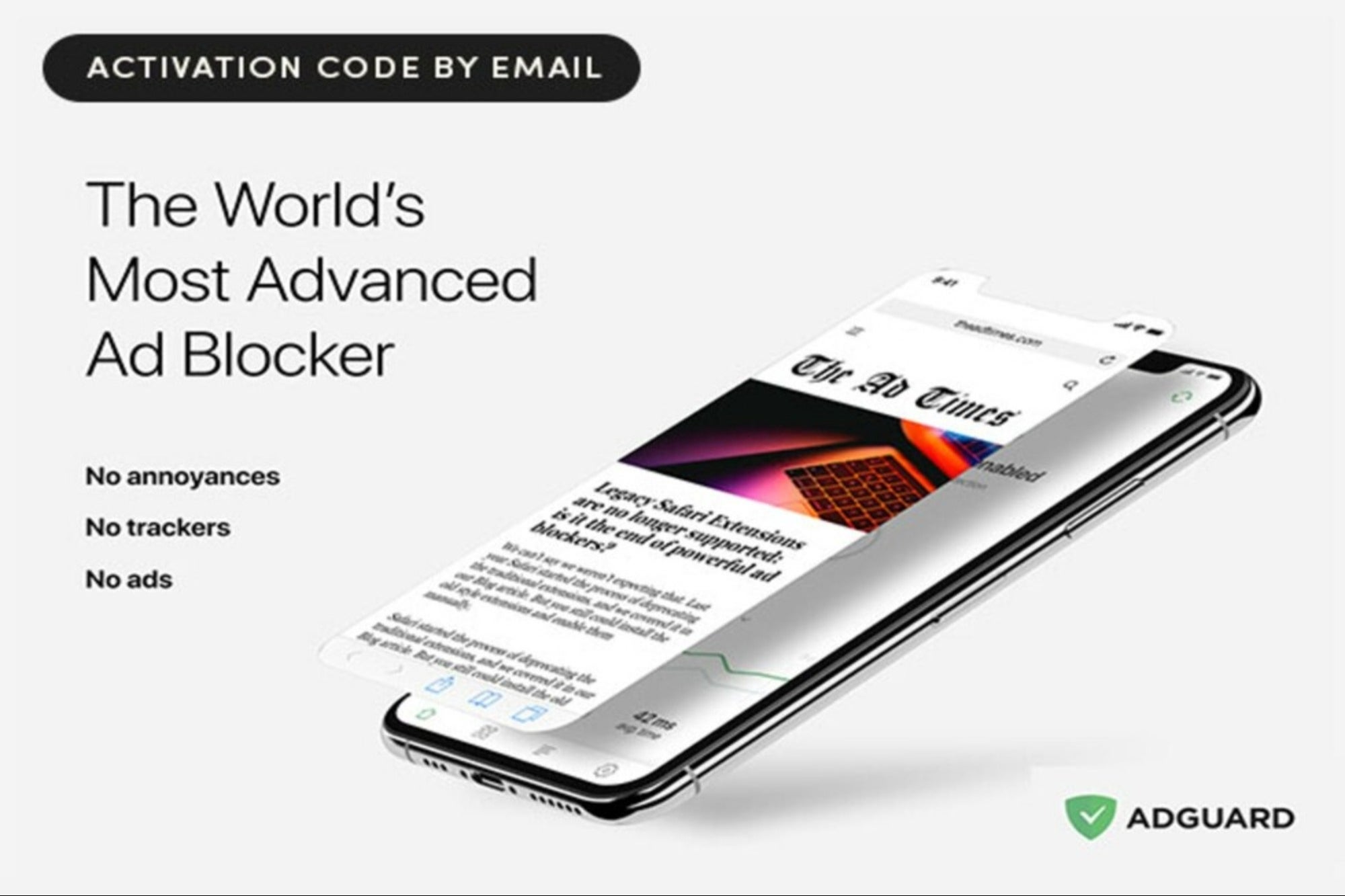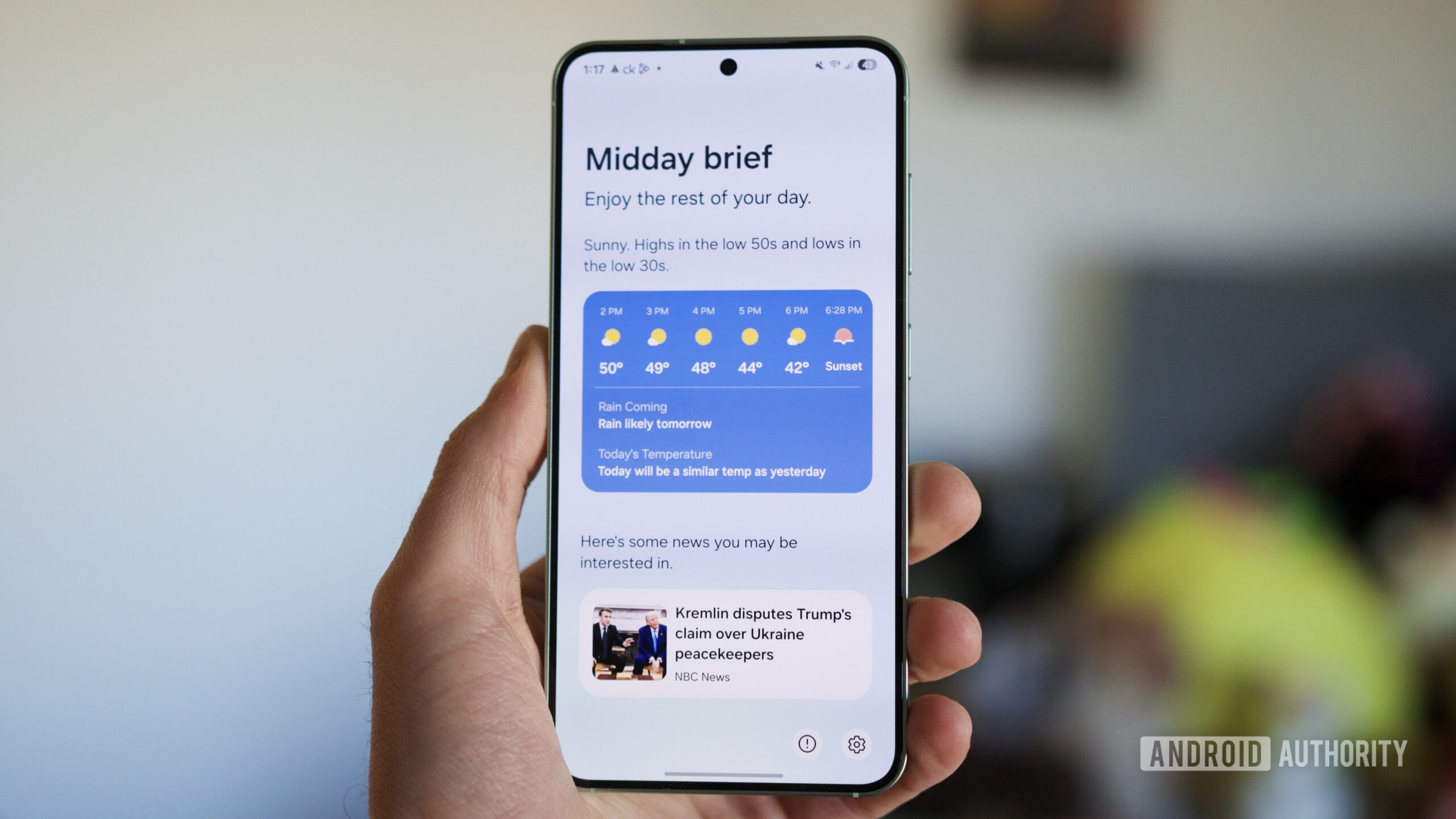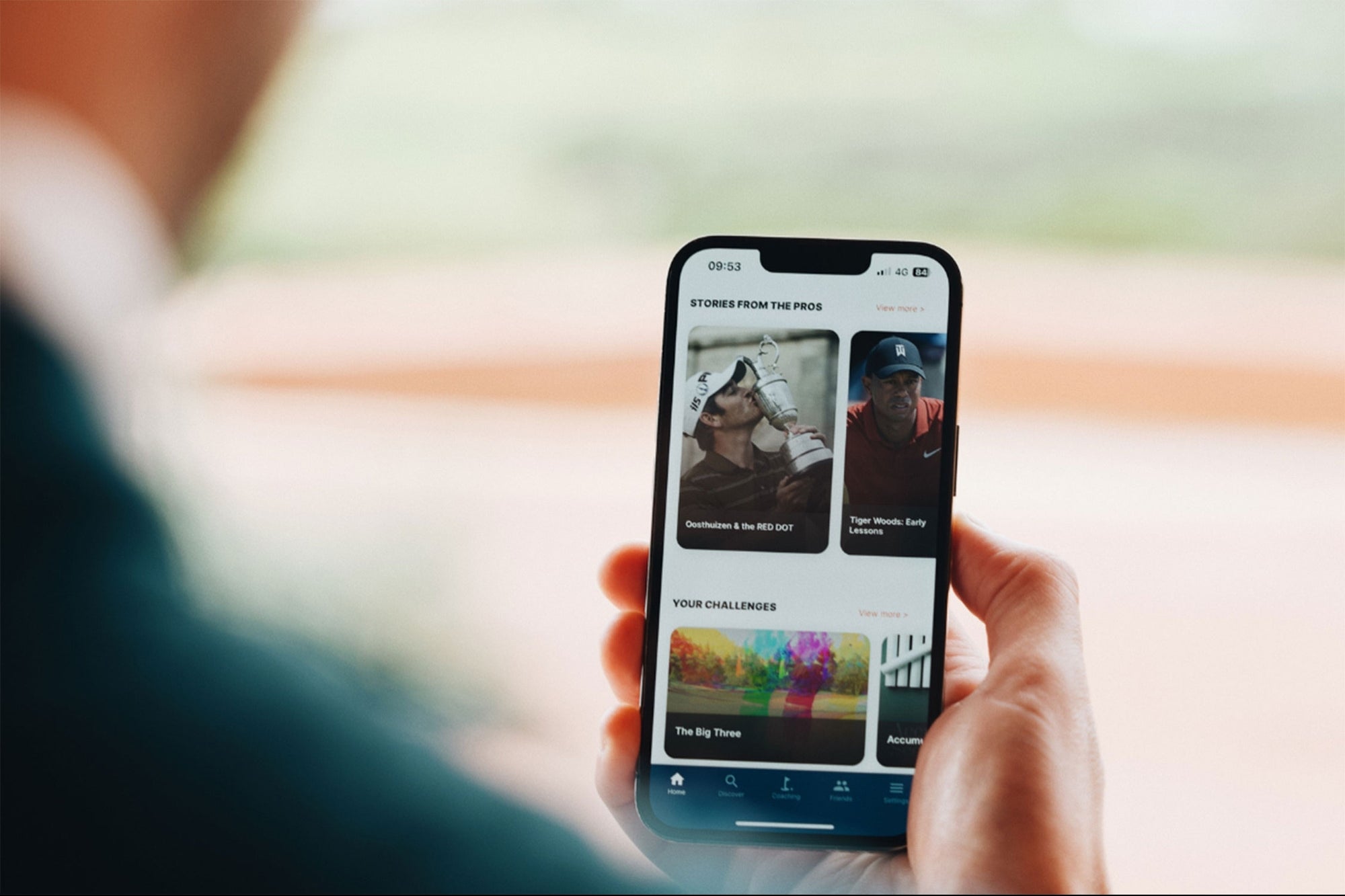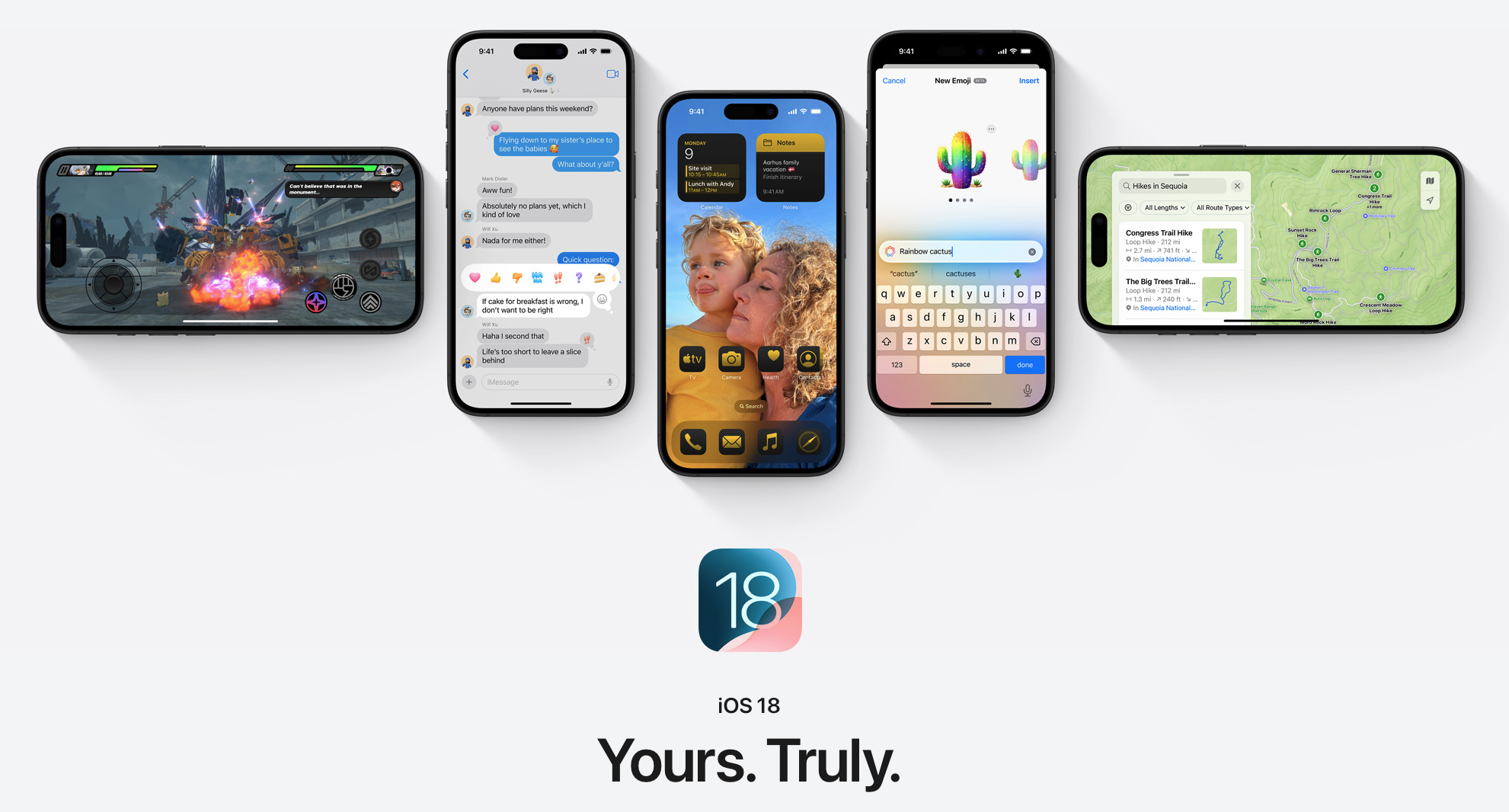
Posted by Brenda Shaw – Health & Home Partner Engineering Technical Writer

At Google, we are committed to empowering developers as they build exceptional health and fitness experiences. Core to that commitment is Health Connect, an Android platform that allows health and fitness apps to store and share the same on-device data. Android devices running Android 14 or that have the pre-installed APK will automatically have Health Connect by default in Settings. For pre-Android 14 devices, Health Connect is available for download from the Play Store.
We’re excited to announce significant Health Connect updates like the Jetpack SDK Beta, new datatypes and new permissions that will enable richer, more insightful app functionalities.
Jetpack SDK is now in Beta
We are excited to announce the beta release of our Jetback SDK! Since its initial release, we’ve dedicated significant effort to improving data completeness, with a particular focus on enriching the metadata associated with each data point.
In the latest SDK, we’re introducing two key changes designed to ensure richer metadata and unlock new possibilities for you and your users:
Make Recording Method Mandatory
To deliver more accurate and insightful data, the Beta introduces a requirement to specify one of four recording methods when writing data to Health Connect. This ensures increased data clarity, enhanced data analysis and improved user experience:
If your app currently does not set metadata when creating a record:
Before
StepsRecord(
count = 888,
startTime = START_TIME,
endTime = END_TIME,
) // error: metadata is not provided
After
StepsRecord(
count = 888,
startTime = START_TIME,
endTime = END_TIME,
metadata = Metadata.manualEntry()
)
If your app currently calls Metadata constructor when creating a record:
Before
StepsRecord(
count = 888,
startTime = START_TIME,
endTime = END_TIME,
metadata =
Metadata(
clientRecordId = "client id",
recordingMethod = RECORDING_METHOD_MANUAL_ENTRY,
), // error: Metadata constructor not found
)
After
StepsRecord(
count = 888,
startTime = START_TIME,
endTime = END_TIME,
metadata = Metadata.manualEntry(clientRecordId = "client id"),
)
Make Device Type Mandatory
You will be required to specify device type when creating a Device object. A device object will be required for Automatically (RECORDING_METHOD_AUTOMATICALLY_RECORDED) or Actively (RECORDING_METHOD_ACTIVELY_RECORDED) recorded data.
Before
Device() // error: type not provided
After
Device(type = Device.Companion.TYPE_PHONE)
We believe these updates will significantly improve the quality of data within your applications and empower you to create more insightful user experiences. We encourage you to explore the Jetpack SDK Beta and review the updated Metadata page and familiarize yourself with these changes.
New background reads permission
To enable richer, background-driven health and fitness experiences while maintaining user trust, Health Connect now features a dedicated background reads permission.
This permission allows your app to access Health Connect data while running in the background, provided the user grants explicit consent. Users retain full control, with the ability to manage or revoke this permission at any time via Health Connect settings.
Let your app read health data even in the background with the new Background Reads permission. Declare the following permission in your manifest file:
<application>
<uses-permission android:name="android.permission.health.READ_HEALTH_DATA_IN_BACKGROUND" />
...
</application>
Use the Feature Availability API to check if the user has the background read feature available, according to the version of Health Connect they have on their devices.
Allow your app to read historic data
By default, when granted read permission, your app can access historical data from other apps for the preceding 30 days from the initial permission grant. To enable access to data beyond this 30-day window, Health Connect introduces the PERMISSION_READ_HEALTH_DATA_HISTORY permission. This allows your app to provide new users with a comprehensive overview of their health and wellness history.
Users are in control of their data with both background reads and history reads. Both capabilities require developers to declare the respective permissions, and users must grant the permission before developers can access their data. Even after granting permission, users have the option of revoking access at any time from Health Connect settings.
Additional data access and types
Health Connect now offers expanded data types, enabling developers to build richer user experiences and provide deeper insights. Check out the following new data types:
- Exercise Routes allows users to share exercise routes with other apps for a seamless synchronized workout. By allowing users to share all routes or one route, their associated exercise activities and maps for their workouts will be synced with the fitness apps of their choice.
- The skin temperature data type measures peripheral body temperature unlocking insights around sleep quality, reproductive health, and the potential onset of illness.
- Health Connect also provides a planned exercise data type to enable training apps to write training plans and workout apps to read training plans. Recorded exercises (workouts) can be read back for personalized performance analysis to help users achieve their training goals. Access granular workout data, including sessions, blocks, and steps, for comprehensive performance analysis and personalized feedback.
These new data types empower developers to create more connected and insightful health and fitness applications, providing users with a holistic view of their well-being.
To learn more about all new APIs and bug fixes, check out the full release notes.
Get started with the Health Connect Jetpack SDK
Whether you are just getting started with Health Connect or are looking to implement the latest features, there are many ways to learn more and have your voice heard.
- Subscribe to our newsletter: Stay up-to-date with the latest news, announcements, and resources from Google Health and Fitness. Subscribe to our Health and Fitness Google Developer Newsletter and get the latest updates delivered straight to your inbox.
- Check out our Health Connect developer guide: The Health and Fitness Developer Center is your one-stop-shop for building health and fitness apps on Android – including a robust guide for getting started with Health Connect.
- Report an issue: Encountered a bug or technical issue? Report it directly to our team through the Issue Tracker so we can investigate and resolve it. You can also request a feature or provide feedback with Issue Tracker.
We can’t wait to see what you create!




















 Coachella music festival 2025. Credit: Getty Images
Coachella music festival 2025. Credit: Getty Images
